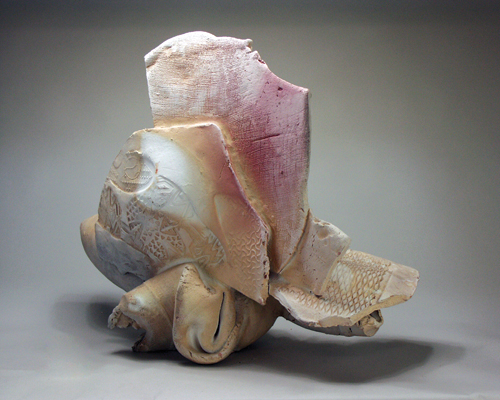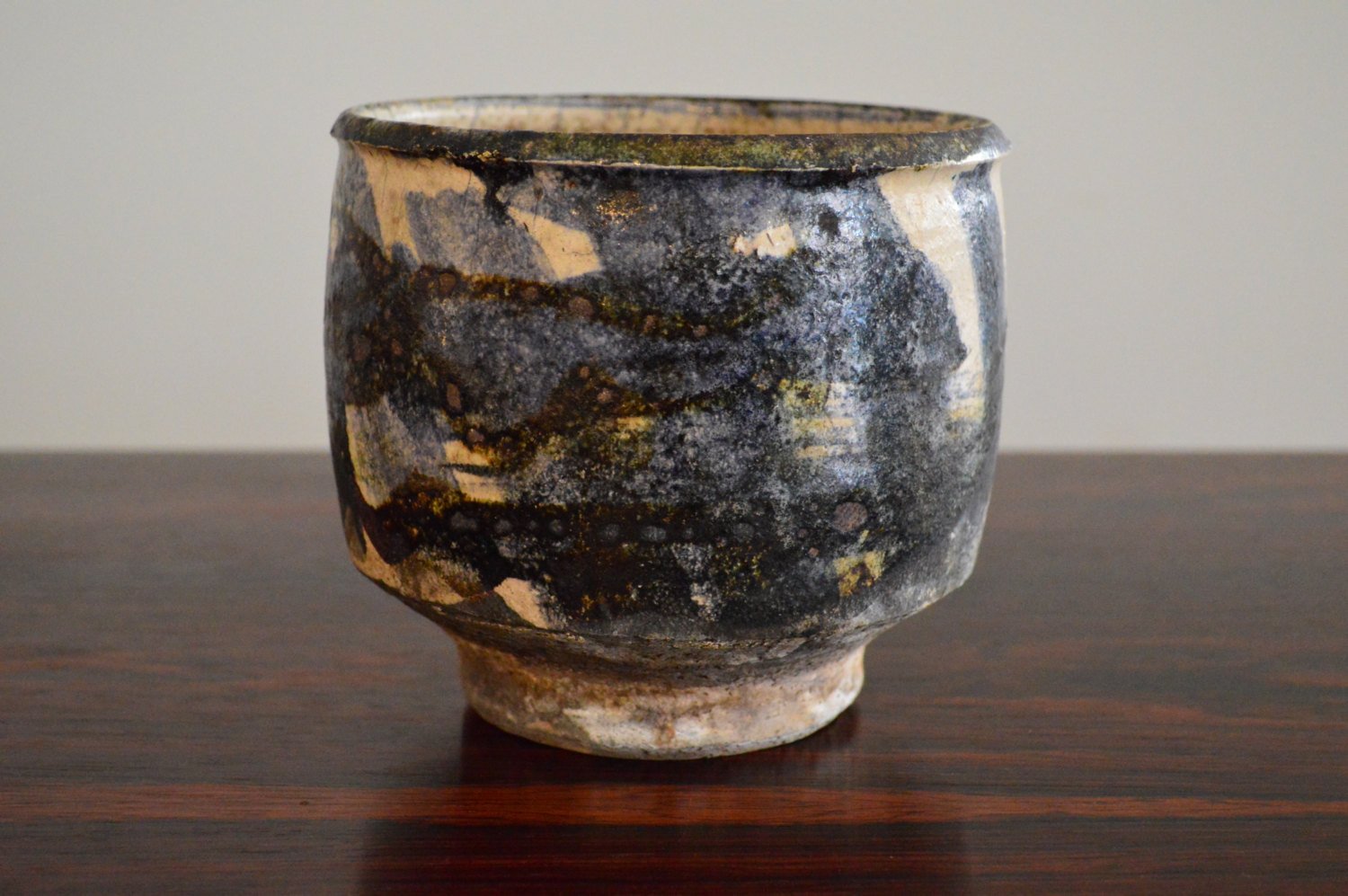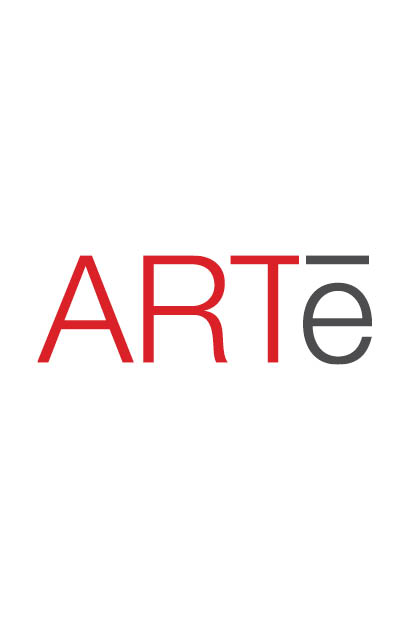Paul Soldner • American (1921-2011)
Untitled (Two Figures) • American Raku 26" x 22" x 3"
Canton Museum of Art Permanent Collection
Purchased with funds from the Doran Foundation and In Memory of Edward A. & Rosa J. Langenbach, 2007.8
Fast forward 16 years, to a summer crafts fair in Claremont, California. Paul Soldner, the former Army medic, now a visiting professor of ceramics at nearby Claremont Graduate School, was putting on a show. One of his students recalled that day:
“Paul liked to entertain. It normally takes a long time to fire a piece in a kiln, so Paul decided to make his first Raku (ceramics fired quickly, then plunged into water). He chose a fish pond nearby as a cold water source. But rushing from the kiln to the pond with tongs in hand, Soldner accidentally dropped the bowl in a bed of pepper-tree leaves, where it started a small fire. The beautiful result was a pot with imprinted leaves and a smoky or iridescent sheen”
That was how Soldner invented American Raku, still a popular ceramic art form. You could call it “smoked” Raku in honor of the American tradition of smoking everything from ribs to turkey.
His entire life, Soldner embraced the Japanese idea of beauty found in the accidental and unpredictable. He once told a reporter for the Rocky Mountain News, “In the West, there is an emphasis on perfection. Something that cracks is considered a mistake. That same ‘flaw’ in the East might be called a ‘crackle’.”
Soldner’s life was one long trek through happy accidents.
(story continues below break)
INTERESTING STORIES FROM OUR SPONSORS

Raised Mennonite in Bluffton Ohio, he was a conscientious objector during World War II, so was assigned to the medical corp where he earned a Purple Heart and found his life’s calling while liberating a concentration camp.
He became the first ceramics student at the Los Angeles County Art Institute. The program was so new Soldner had to design and hand-build the potters wheel and clay mixing tub. The Soldner Wheel and Soldner Tubs became longtime best sellers at his wildly successful Soldner Pottery Equipment Corp.
From 1956 to 1995, he and his wife spent every summer building a summer home in Aspen, designed on the fly and using rocks and other salvaged and recycled materials. He then founded the world famous Anderson Ranch Arts Center in nearby Snowmass Village.
Soldner also told the Rocky Mountain News, “In the West, when you make a garden, you throw the rocks out. In the East you bring the rocks back in.” You could say that Paul Soldner spent a lifetime “bringing the rocks back in.” One is now inside the galleries at the Canton Museum of Art. Visit soon.
4 Ways to Sound Smart When Viewing at The Canton Museum of Art
1.
“Soldner was the first student of famed ceramicist Peter Voulkos at the Los Angeles County Art Institute. He had to hand-build his own potter’s wheel and clay mixing tub which became the foundation of his wildly successful Soldner Pottery Equipment Corp.”
2.
“As a favor to a friend, he started substitute teaching at the Claremont Graduate School, and ended up staying for 37 years.”
3.
“The two figures referenced in the title were a happy accident of the Raku process. Of course, American Raku, itself, is based on one of Soldner’s happy accidents.”
4.
“Soldner loved finding beauty in the unexpected. Influenced by jazz, he loved spontaneity and responding to his material.”
Soldner Timeline. Scroll over images to see timeline.

















